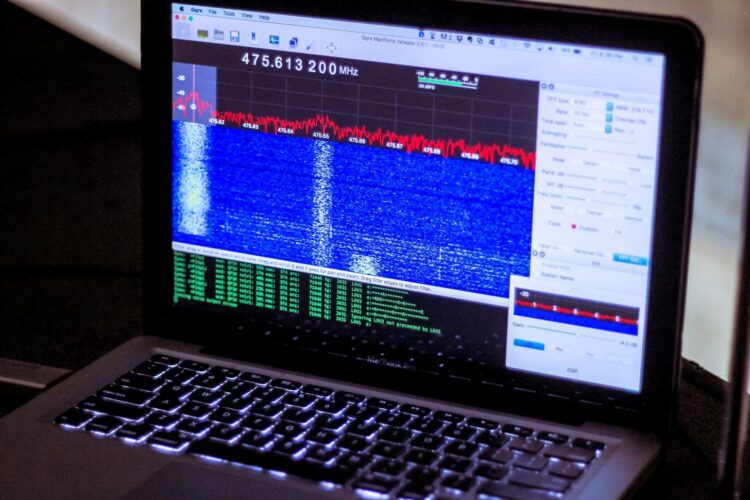The world of digital communication requires efficient tools to handle complex transmissions. To ensure precision and accuracy, the right tools make all the difference. Among the critical tools is digital signal decoder software, essential for decoding a variety of encoded signals. This article will walk you through must-have features you should consider when selecting a decoder.
Table of Contents
Key Points
- Accuracy in decoding complex signals is paramount.
- Support for multiple protocols enhances functionality.
- User-friendly interfaces streamline operations.
- Real-time data processing offers immediate results.
- Strong signal classification and filtering capabilities ensure reliability.
- Integration with advanced analytics tools elevates performance.
- High compatibility with different devices ensures adaptability.
1. Accuracy in Decoding
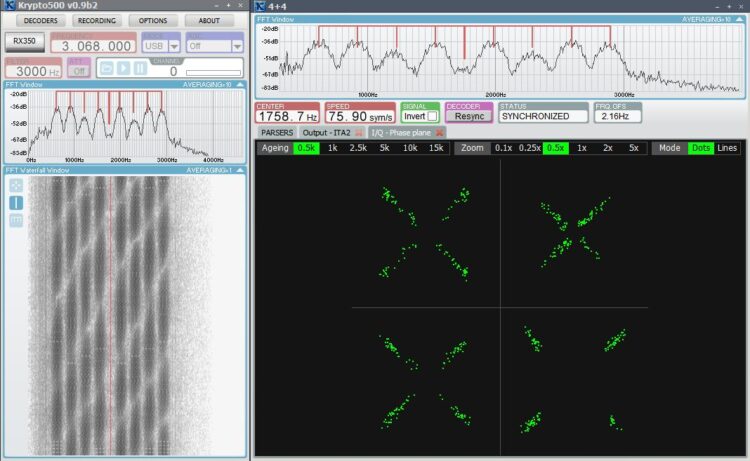
Source: prlog.org
At the heart of any digital signal decoder software is the ability to decode signals with utmost precision. Without accurate decoding, there is no real value in the software. The digital space has diverse signals, each carrying different levels of complexity. Some signals are encoded with layers of encryption, and accurate decoding tools can distinguish and interpret these intricacies.
Consider how digital signal decoder software like Krypto500 manages accuracy. With its high-performance features, it ensures the reliable interpretation of even the most complex transmissions. Any software you choose must prioritize accuracy as a core feature.
2. Support for Multiple Protocols
The digital world uses various communication protocols. A decoder that supports only a few limits its versatility. To maximize functionality, the software must handle multiple protocols without errors. With technology evolving rapidly, updates must include new protocol standards as they emerge. The more protocols supported, the more adaptable the software becomes in various applications. This ensures you can handle an array of transmissions without needing multiple decoders.
3. User-Friendly Interface
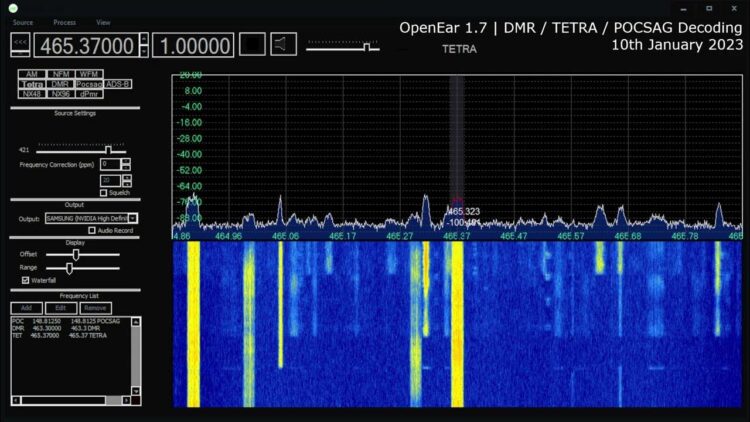
Source: m.youtube.com
Even the most advanced features are less useful without a user-friendly interface. The software must be intuitive and simple to navigate. Technical experts and beginners alike should find it easy to operate. Buttons and menus should be clear, and the software should offer tutorials or help sections. User experience is a critical part of ensuring the software gets used effectively in real-world applications. It’s important to remember that complex tasks don’t need to have a complex interface.
4. Real-Time Data Processing
The ability to process data in real-time is invaluable. Real-time processing provides immediate insights and allows users to make informed decisions without delays. The best digital signal decoder software will offer immediate feedback, which is especially critical in industries requiring quick responses. For example, industries like telecommunications and defense often need to act on decoded information fast. Having tools that provide real-time data ensures efficiency and quick turnarounds.
5. Strong Signal Classification and Filtering
Effective classification of signals enhances the overall performance of the software. The best tools will not only decode but will classify and filter unwanted noise or irrelevant data. This means that signals are not only decoded but categorized appropriately. Filtering removes unnecessary data, so the user focuses only on what matters. In environments where accuracy and data purity are key, filtering becomes an indispensable feature. You don’t want irrelevant noise clouding your final data.
6. Integration with Advanced Analytics
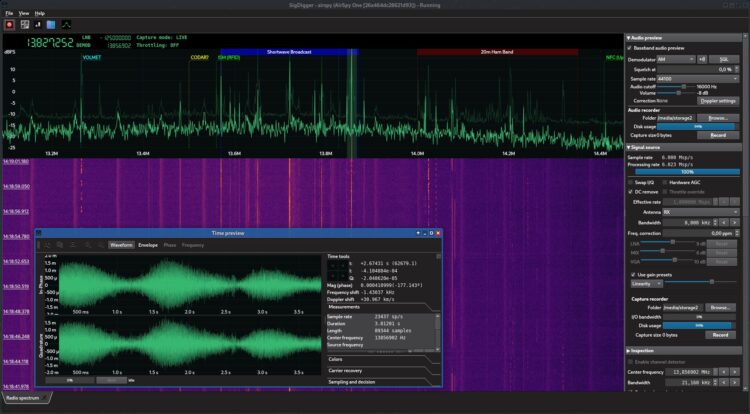
Source: batchdrake.github.io
Advanced analytics tools provide deeper insights into decoded data. Integration with analytics platforms allows the software to offer more than just decoding. By interpreting the decoded data with advanced tools, users can predict patterns, detect anomalies, or make forecasts. In fields like cybersecurity or telecommunications, having these predictive analytics capabilities is an added advantage. It elevates the overall efficiency of the decoder and ensures the data gathered is actionable.
7. High Compatibility with Different Devices
The digital landscape involves a wide range of devices. From mobile units to high-powered servers, the decoder software must seamlessly adapt to different devices. High compatibility ensures the software works in various environments without experiencing performance issues. Device compatibility broadens the application across different platforms, making it an adaptable tool for any business or individual handling complex signals.
8. Customization Options
Different users have different needs. Customization allows the software to be tailored for specific applications. Whether it’s adjusting filters, prioritizing protocols, or changing user interface layouts, customization makes the software more versatile. Customizable solutions ensure that regardless of the industry, the software meets specific needs without forcing users to adjust their workflows around its limitations.
9. Strong Encryption and Security Features
With the rise in cyber threats, ensuring your decoder software has strong encryption is essential. Secure ones prevent unauthorized access to sensitive decoded data. Encryption should be part of the software, and regular updates should be available to counter emerging threats. Having strong security features also instills confidence in users who need to ensure their communications or data remain private.
10. Scalability
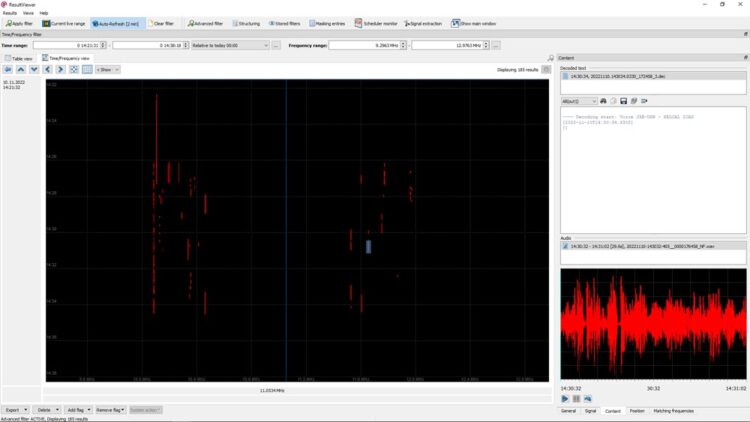
Source: procitec.com
A good decoder must adapt to more significant amounts of data or more complex signals over time. If the software can scale, you save costs on future upgrades or replacements. Scalable solutions ensure longevity and adapt to future growth.
11. Built-In Diagnostic Tools
Efficient diagnostic tools make troubleshooting straightforward. Diagnostic tools provide insights into any issues that arise, helping users pinpoint problems without delay. This minimizes downtime and ensures the software operates optimally at all times. Built-in diagnostics can also predict failures or issues before they become significant problems, offering preventative maintenance options that save time and money.
12. Regular Updates and Support
No software remains perfect over time. Regular updates ensure the software stays up-to-date with new protocols, bug fixes, and security patches. Without updates, it will become obsolete as digital technology evolves. Ensure that the developers provide consistent support. When technical issues arise, reliable support can prevent extended downtime.
13. Cost-Effectiveness
Value for money is always a priority. The software must deliver on its promises without being excessively costly. Balance is key. You should not overpay for unnecessary features, but also avoid the ones that cut corners and sacrifice performance. Cost-effectiveness involves choosing software that fits your budget while still offering the necessary features for your particular needs.
14. Real-Time Monitoring Capabilities
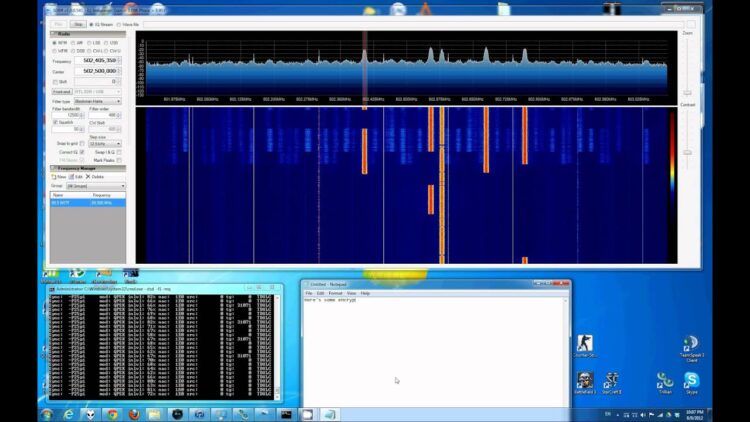
Source: rtl-sdr.com
Monitoring decoded signals in real-time allows users to keep a close eye on incoming data. The software should alert users to any anomalies or issues as they arise. Real-time monitoring offers another layer of functionality by allowing users to be proactive in handling decoded data. It also ensures that users can detect irregularities or unauthorized transmissions.
15. Flexible Licensing and Payment Options
Many software solutions come with rigid licensing structures. Flexible licensing ensures that users can scale their usage up or down depending on their needs. Pay-as-you-go models or subscription options allow for flexibility. When you’re not locked into long-term contracts, you have the freedom to adjust as necessary without incurring excessive costs.
In conclusion
Choosing the right digital signal decoder software means balancing accuracy, versatility, and real-time functionality. The best options come equipped with strong signal classification features, real-time processing, and compatibility across a wide range of devices.
Whether it’s complex protocol handling or encryption support, the features discussed above are critical in ensuring the best performance. Keep these in mind when making your next selection.

